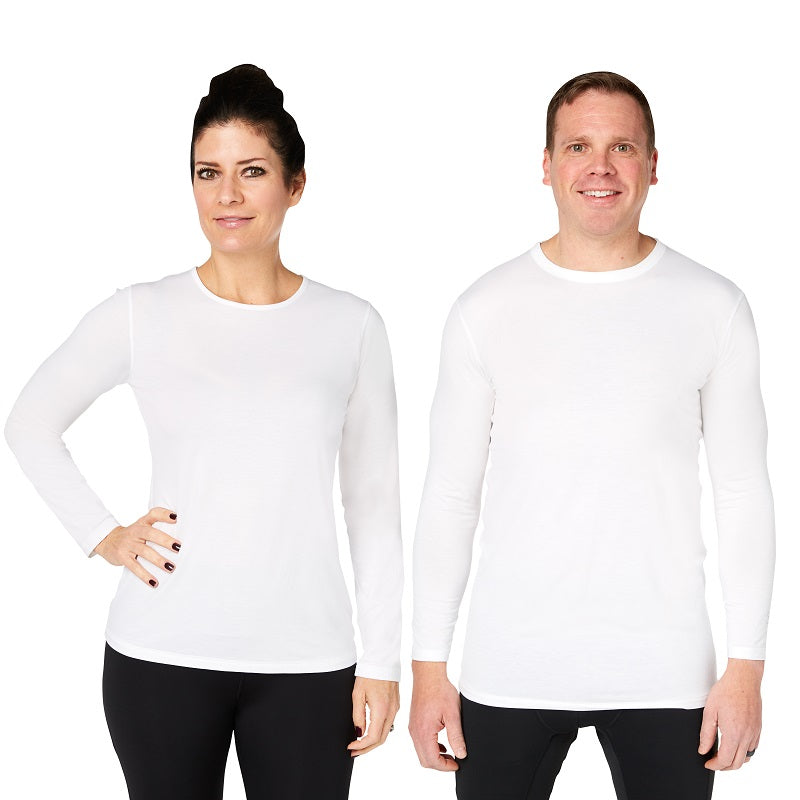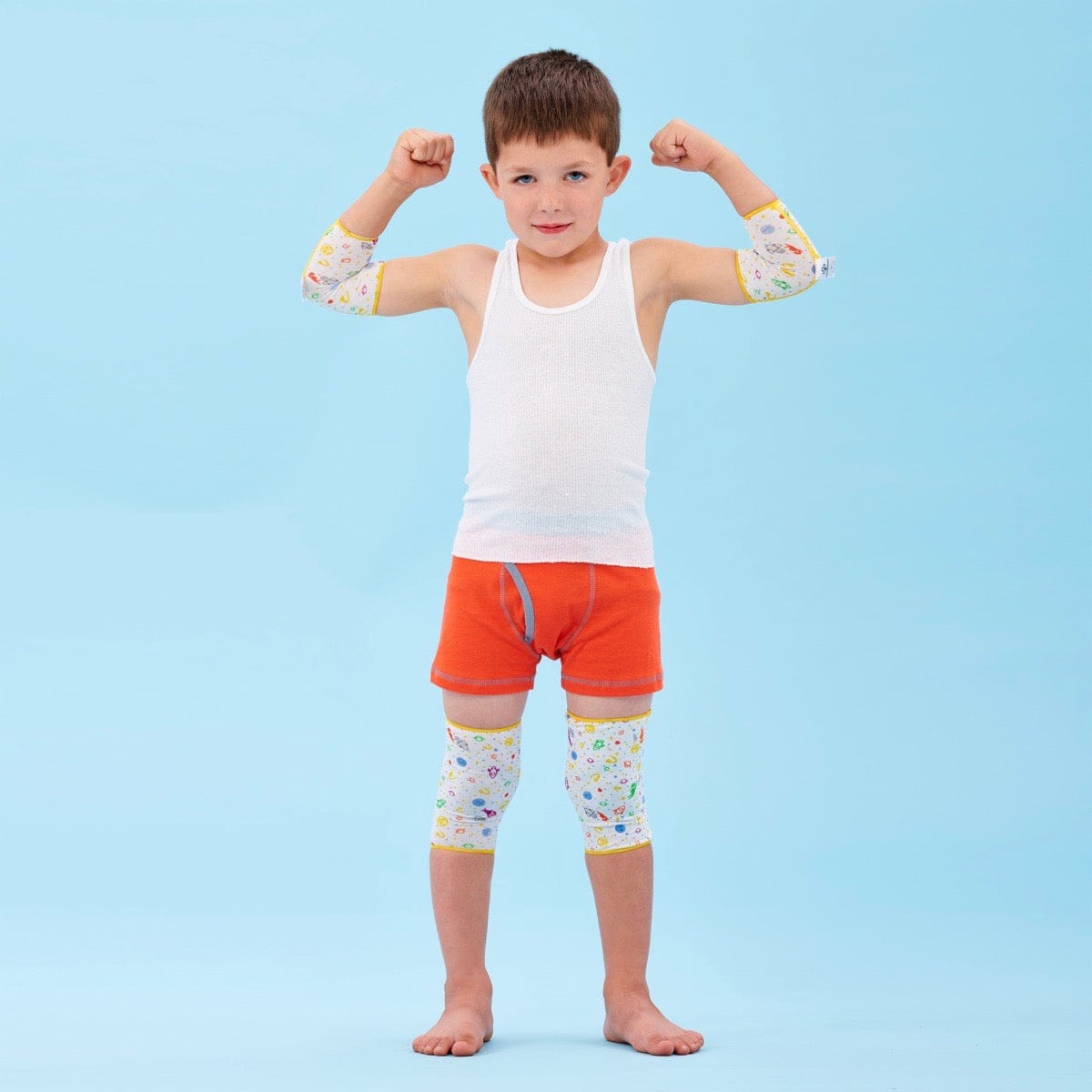Chickenpox is caused by the varicella-zoster virus (VZV) the same virus as the shingles, also called herpes zoster (or just zoster). The chickenpox virus will affect 1 in 3 people during their lifetime and spreads easily from people with chickenpox to others who have never had the disease or never been vaccinated. Transmission occurs from person-to-person by direct contact or through the air. Chickenpox mostly affects children under the age of 10 (most common under the age of 4). Chickenpox is usually mild, but it can be serious in infants under 12 months of age, adolescents, adults, pregnant women, and people with weakened immune systems.
The administration of a chickenpox vaccination for children under the age of 10 became quite popular in 1995 dramatically controlling the prevalence of the chickenpox virus. The chickenpox varicella vaccine is a two-step dosage recommended at 12 months of age with the second dose between 4-6 years. Since being introduced the number of children being hospitalized from severe chickenpox complications has dropped by 90% according to research by Dr. Gina Rosenfeld, MD, FAAP, a private practice pediatrician for over 17 years and a Board Certified and a Fellow of the American Academy of Pediatrics.
Diagnose: What does chickenpox look like?

Figure 1: Chickenpox or varicella-zoster virus (VZV)
All three stages of the chickenpox rash (red bumps, blisters, and scabs) appear on the body at the same time. The rash may spread wider or be more severe in kids who have weak immune systems or skin disorders like eczema.
Chickenpox is highly Contagious: How do you get the shingle virus and is it contagious?
Because the chickenpox the virus stays in your body it can cause shingles later in life affecting over 1 million people per year in the US. Shingles are far more common in adults over the age of 50 and the risk of contracting shingles increases with age with at least half of all people 85 and older will have the ailment.
The good news is that unlike the highly contagious chickenpox you cannot catch the shingles zoster virus from another person like you can chickenpox. However, a person who has never had chickenpox (or the chickenpox vaccine) could get chickenpox from someone with shingles. For people with a weakened immune system from other diseases such as cancer, or by drugs such as steroids or chemotherapy the likelihood of having shingles is even greater.
Diagnose: What does a shingles flare-up look like?

Figure 2: Shingles on the torso -
A shingles rash usually appears on one side of the face or body and typically heals within 2 – 4 weeks. The main symptom of shingles is constant severe pain from irritated skin. The skin can become so sensitive that any contact with the skin can cause extreme pain spasms. Other symptoms include fever, headache, chills and an upset stomach. In rare case shingles can lead to pneumonia, hearing problems, blindness, brain inflammation (encephalitis), or death.
Approximately 1 in 5 (20%) people can continue severe pain long after the rash has cleared up. This long-lasting pain is called “post-herpetic neuralgia (or PHN) is usually defined as zoster-related pain that occurs in the area of the shingles rash even after the rash is gone. It can last for a few weeks, months, or longer. The older you are when you have zoster, the more at risk of developing post-herpetic neuralgia.
Incidences of Shingles is Rising: What’s the Cause?
According to a 1993 study by the CDC, the incidence of shingles has nearly doubled in the US adults population. One explanation for this extreme increase is related to the generally successful effort to eradicate chickenpox in children through vaccination. According to this theory, because most children no longer get chickenpox disease (which used to be a ritual of childhood), their parents no longer get the immunological “boost” that comes from being exposed to the virus while caring for sick children according to William Schaffner, MD, a pediatrician and vaccine expert at Vanderbilt University.
Immunizing against Chickenpox and Shingles: Do you need shingles vaccine if you had chickenpox vaccine?
Yes, the chickenpox vaccine does not prevent shingles. The vaccine is made from a live but weakened, or attenuated, varicella-zoster virus and some medical researchers believe that there is a connection between children being immunized against chickenpox and an increase in adult shingles cases. In another clinical study by Bialek and colleagues found that shingles were on the rise even before the chickenpox vaccine was licensed for children in 1995. Also, adults in states with mandatory chickenpox immunization didn’t have higher rates of shingles than those in states where children weren’t as well-vaccinated, and therefore more likely to get sick and provide immune boosters to parents and grandparents. It’s possible that as the U.S. population is getting older, more people are seeing their doctors for shingles. “There are probably different factors involved in the increase,” says Bialek. And it may take decades to sort it out. But regardless of whether shots against chickenpox increased the risk of shingles, the shot against shingles is the best way to avoid it.
Shingles immunization: Why are there two vaccines?
The new FDA Approved Shingles Vaccination: Shingrix Recombinant Zoster (shingles) vaccine (or Shingrix RZV), was approved in 2017 for the prevention of shingles. The CDC and the US Department of Health and Human Services are recommending that people who were vaccinated with the first shingles vaccination called Zostavax (originally approved in 2006) to get the new Shingrix RZV since the efficacy has been clinically proven to be much greater than the Zostavax vaccine.
Chickenpox: What Are the Signs & Symptoms?
Chickenpox often starts without the classic rash, with a fever, headache, sore throat, or stomachache. These symptoms may last for a few days, with the fever in the 101°–102°F (38.3°–38.8°C) range.
The red, itchy skin rash usually starts on the belly or back and face. Then it spreads to almost everywhere else on the body, including the scalp, mouth, arms, legs, and genitals.
The rash begins as many small red bumps that look like pimples or insect bites. They appear in waves over 2 to 4 days, then develop into thin-walled blisters filled with fluid. The blister walls break, leaving open sores, which finally crust over to become dry, brown scabs.
Treating Chickenpox & Shingles: Keep Skin moist, Therapeutic Baths & Calamine Lotion with Zinc Oxide

Figure 3: Chickenpox or varicella-zoster virus (VZV)
Treatment: Protect Skin from Chickenpox & Shingles Rash
-
How can I stop chickenpox itching at night?
-
What can I do to protect my shingles rash from becoming more irritated?
Although the root causes are very different for moderate to severe eczema, plaque psoriasis, chickenpox, and shingles in nonclinical diagnosis the physical symptoms are somewhat similar and most effective treatments work.
Here are a few of our favorite moderate to severe eczema treatments that will dramatically help both chickenpox and shingles:
- Wet wrap therapy: The common eczema wet wrap treatment adds moisture to the skin and relieves the itching and burning on a child’s skin affected by chickenpox. Soothems sensitive skin eczema sleepwear and undergarments for baby, toddler, children, and adults are made from a special FDA registered, doctor recommended fabric called TEWLTect works better than cotton because it does not stick to blister and pimples and hold 50% of its weight in water without feeling wet so it is very comfortable to wear as a wet wrap bandage. The zinc oxide and chitosan help control bacteria growth and stop the spread of infection.
- Special Therapeutic Baths: Lukewarm baths every 3–4 hours for the first few days. You may also add organic apple cider vinegar (a favorite for treating babies suffering from atopic dermatitis to stop itching and moisturize the skin), baking soda or colloidal oatmeal bath products that are commonly available at drugstores that will help relieve itching. (BTW - baths do not spread the rash, they help soothe burning skin and restore moisture to the skin with will relieve itching.) Do not use any harsh soaps or shampoos on chickenpox pimples or a shingles rash. Use a soft cotton towel to pat (do not rub) the body dry after the bath.
-
Topical Lotions: OTC calamine lotion with a high percentage of zinc oxide on itchy areas (but don't use it on the face, especially near the eyes). In more severe cases hydrocortisone like OTC Vanicream HC
can also be used to treat various viral skin infections, such as chickenpox and shingles but it's best to check with your pharmacist before using hydrocortisone.
Other Chickenpox and Shingles Tips: Getting comfortable
Prevent Scratching the Chickenpox Itch: Cover the Skin with Special Eczema Pajamas for a Good Night Sleep
- Choose the right sleepwear: Chickenpox symptoms seem to psychologically intensify before bedtime and during sleep because of less activity derived distractions. Regular pajamas can be hot, scratchy and irritate sensitive skin. Carefully select comfortable sleepwear that does not irritate sensitive skin: Dermatologist recommended Soothems eczema sleepwear for babies, toddlers and children are made from a super soft, smooth fabric that helps to cool the skin, preserve moisture levels and reduce itching. The fabric is encapsulated in anti-inflammatory Zinc Oxide to prevent the spread of bad bacteria and speed healing.
- Soothems eczema sleepwear for babies, toddlers and children have many special calming anti-inflammatory features to help children suffering from eczema that will also help children dealing with the discomfort of chickenpox. Soothems are made from a super soft, smooth fabric that helps to cool the skin and they have built-in, fold back, satin-covered mittens to cover the fingernails and help prevent sensitive skin damage from scratching when sleeping, outside friction free seams. Made with the biopolymer Chitosan and Zinc Oxide.
Soothems even have magic blue moons and free storybook to help children imagine their sensitive skin feel better and healing.
Shingles are Extremely Painful: What do you wear when you have shingles?
Friction from clothing against sensitive, irritated skin is not only painful and very uncomfortable it can make the condition worse. Regular polyester, nylon, wool, and even cotton garments can all be abrasive on the inflamed skin rub against sores making them more sensitive and irritated. Choose your clothing and sleepwear carefully when you have herpes zoster or shingles.
Dermatologists recommend Soothems line of eczema and psoriasis sleepwear undergarments for adults that are designed to be worn next to extremely sensitive skin. If you prefer loose clothing size up one size. Moderate to severe eczema and psoriasis symptoms are similar to chickenpox and shingles in the skin becomes hot, burning, irritated and sensitive to touch. Dry skin creates a high desire to scratch the itch which leads to many more complications including possible open sores that bleed and to the spreading infection with potential permanent scarring.
Soothems offers clothing and pajamas made from TEWLTect® https://www.soothems.com/pages/tewltech-fabric- an FDA registered, class 1, medical device fabric for babies with moderate to severe eczema & adults with psoriasis. The soft, smooth, friction-free fabric will not stick to rashes and sores and dramatically helps comfort people suffering from chickenpox and shingles.
TEWLTect is 60% blend of TENCEL™ with the biopolymer Chitosan and viscose made from organic bamboo that is encapsulated in dermatologist recommended Zinc Oxide for helping the skin’s natural barrier to heal and to prevent infection.
Doctor recommended Soothems may even be covered by Health Insurancebenefits or Medicaid. Soothems.com accepts HSA or FSA debit cards.








Leave a comment
All comments are moderated before being published.
This site is protected by hCaptcha and the hCaptcha Privacy Policy and Terms of Service apply.